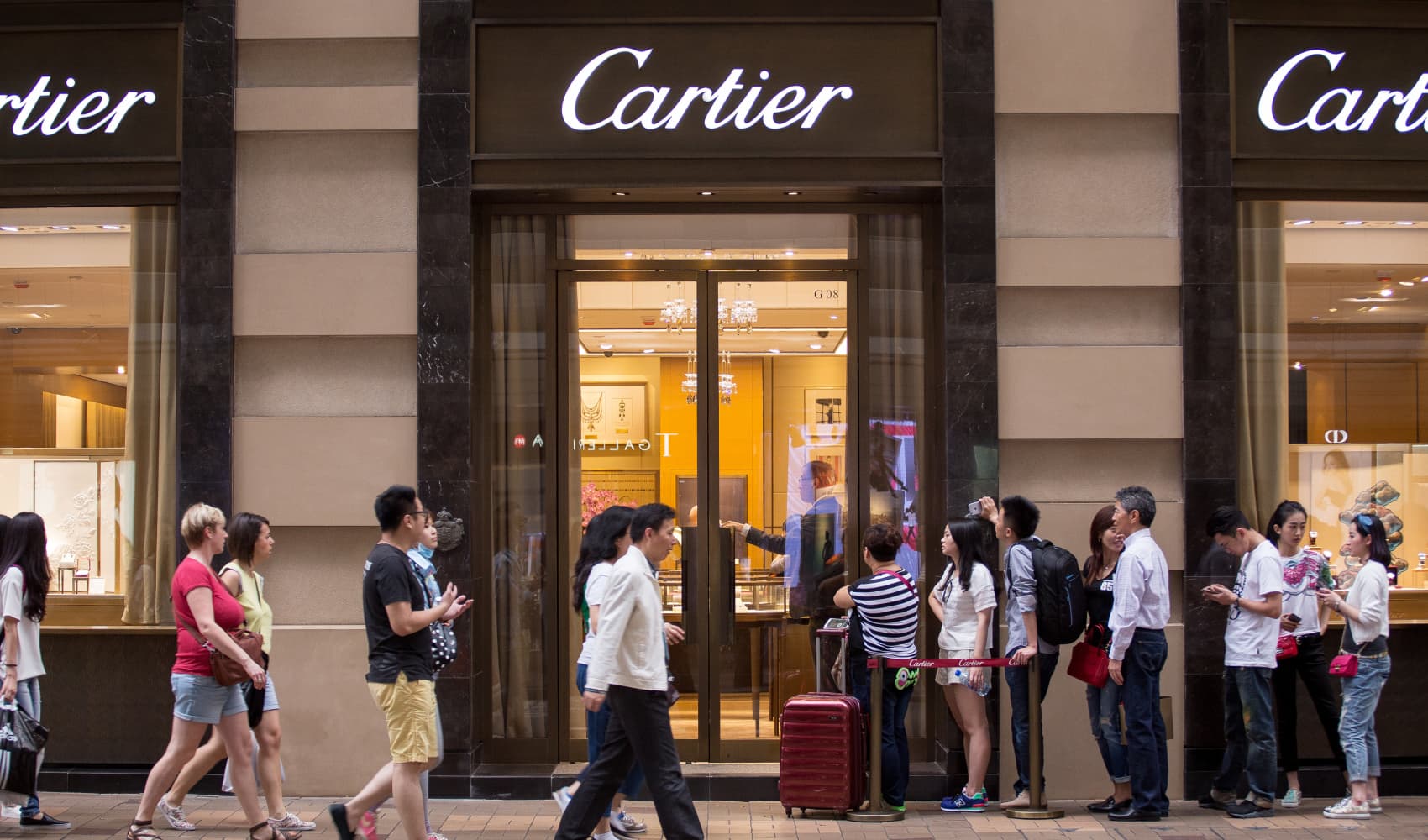
- It's almost peak engagement season for couples in the U.S.
- Consumers on the market for a diamond engagement ring should look at a few considerations on what sort of jewels to invest in: either lab-grown or natural diamonds.
- While shoppers should keep in mind that traditional mined diamonds are not a practical purchase, their supply may soon start to dwindle, said New York-based Paul Zimnisky, a financial and diamond industry analyst.

Holiday gifts aren't the only pricey thing on shoppers' lists right now.
We're also approaching peak engagement season for couples in the U.S., or the time between Thanksgiving and Valentine's Day, according to wedding site The Knot.
Get Connecticut local news, weather forecasts and entertainment stories to your inbox. Sign up for NBC Connecticut newsletters.
Consumers in the market for a diamond engagement ring have an early decision to make: Whether to pick lab-grown or natural diamonds.
While shoppers should keep in mind that traditional mined diamonds are not a practical purchase, their supply may soon start to dwindle, said Paul Zimnisky, a financial and diamond industry analyst based in New York City.
More from Personal Finance:
Borrow for your wedding, have 'a macaroni-and-cheese marriage'
Gen Z, millennial couples say it's too expensive to get married
Couples leverage 'something borrowed' to cut wedding costs
Money Report
"People don't buy them because they're cheap; they buy them because it makes them feel good, it's an emotional purchase, a financial sacrifice," he said.
The rise of lab-grown diamonds
Global sales for lab-grown diamonds increased to $12 billion in 2022, up 38% year over year, per an analysis by Zimnisky.
Ring shoppers often opt for these gems — created by subjecting pure carbon to extremely high heat and pressurization by machine — over mined diamonds because they are visibly and chemically identical but cost way less, as well for ethical purposes.
"There's a lot of consumers that would love to buy diamond jewelry but maybe cannot afford it at $1,000 price points but can afford it at $100 price points," Zimnisky said.
However, unlike natural diamonds, lab-grown stones don't increase in value at all.
"It's very difficult to resell a lab diamond, and as the price gets lower, I don't think there's going to be a resale market for lab diamonds," Zimnisky said.
Natural diamonds were 'a winner' during the pandemic
During the Covid-19 pandemic, experts say, some consumers used savings from federal stimulus money on hard luxury goods like diamonds as travel and dining were still restricted due to lockdowns and other regulations.
"Diamonds were kind of a winner during the pandemic," Zimnisky said.
The pandemic brought on a different challenge for natural diamonds: a sharp decline in dating, leading to a drop in engagements.
Engagements typically occur within three years of a first date, per Signet Jewelers, the largest diamond conglomerate in the U.S. and parent company of retailers Kay Jewelers and Zales.
As fewer couples went out on dates in 2020, fewer got engaged in the last two years, according to data from Signet Jewelers. However, the company expects engagements to rebound in the coming years.
"We will see a material uptick in engagements and weddings in the coming years," said Zimnisky, as the wedding industry's the cyclicality impacts the demand for natural diamonds.
Shoppers will also need to consider that the supply of natural diamonds is declining as the world runs out of resources, he added.
"We're going to continue to see supply contracting and I don't think demand for natural diamonds is going to go away anytime soon," Zimnisky said.
As the price for natural diamonds remains relatively low compared to the last decade, now may be "the best time to buy a natural diamond," he said, as prices may spike from mid-2024 onwards.
'Lab diamonds will be their own market'
The man-made diamond market is forecasted to reach $18 billion in total value by 2024. But as prices for man-made diamonds continue to decline, the industry is going to attract a different consumer.
Man-made diamonds might come to be considered "costume jewelry" in the future, said Benjamin Khordipour, manager of Estate Diamond Jewelry in New York.
"Lab diamonds will be their own market and there's going to be consumers who buy those for different circumstances," said Zimnisky. "People looking to buy an engagement ring or a piece of fine jewelry are going to continue to want natural diamonds."
If you opt for a lab-grown diamond, go into the store with the expectation that it — unlike a mined diamond — probably won't have any resale value.
"I know most consumers aren't thinking about that when they're getting an engagement ring, but that's just the big takeaway," Zimnisky said.
On the other hand, if you're planning on investing in a natural diamond, be very realistic with your budget, Khordipour said. Come to a realistic price point you can afford with your lifestyle.
While financing options such as wedding loans exist, it may be in your best interest to avoid going into heavy debt for a ring, he said.
If you don't have enough savings for the ideal ring, adjust to something smaller and upgrade to a grander gesture in 10 years, Khordipour suggested.
In the end, make sure you have the discussion with your loved one and come to an agreement that makes the most sense for your preferences and financial goals.






